Cause of death Tuberculosis Name Gavrilo Princip | ||
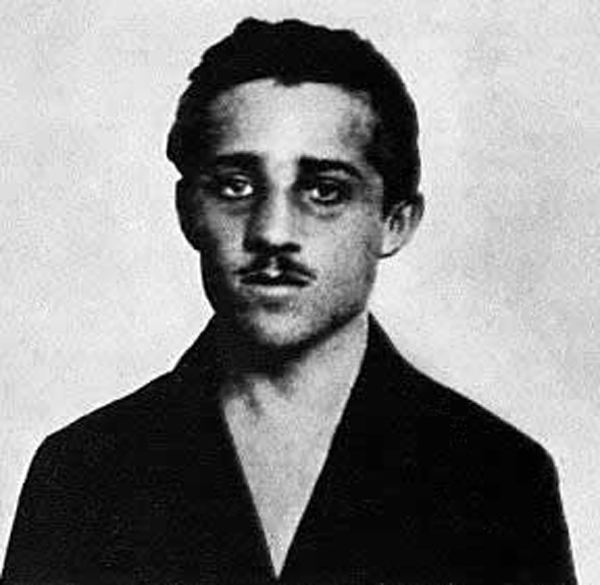 | ||
Parents Petar Princip, Marija Princip Similar People Archduke Franz Ferdinan, Sophie - Duchess of Hohenberg, Wilhelm II, Woodrow Wilson, Nicholas II of Russia | ||
Gavrilo princip sarajevski atentat slowed down with optional english and serbian subtitles
Gavrilo Princip (Serbian Cyrillic: Гаврило Принцип, [ɡǎʋrilo prǐntsip]; 25 July [O.S. 13 July] 1894 – 28 April 1918) was a Bosnian Serb member of Young Bosnia, a Yugoslavist organization seeking an end to Austro-Hungarian rule in Bosnia and Herzegovina. He assassinated Archduke Franz Ferdinand of Austria and his wife, Sophie, in Sarajevo on 28 June 1914, setting off a chain of events that would lead to outbreak of the First World War. Princip and his accomplices were arrested and implicated the Serbian nationalist secret society known as the Black Hand, leading Austria-Hungary to issue a démarche to Serbia known as the July Ultimatum. This was used as pretext for Austria-Hungary's invasion of Serbia, which then led to World War I. Princip was a Yugoslav nationalist associated with the movement Mlada Bosna (Young Bosnia) which predominantly consisted of Serbs, but also Bosniaks and Croats. During his trial he stated: "I am a Yugoslav nationalist, aiming for the unification of all Yugoslavs, and I do not care what form of state, but it must be freed from Austria." Princip died on April 28, 1918, from tuberculosis caused by poor prison conditions that had cost him a limb earlier.
Contents
- Gavrilo princip sarajevski atentat slowed down with optional english and serbian subtitles
- The Monument to Gavrilo Princip Belgrade Serbia
- Early life
- Assassination of the Archduke Franz Ferdinand
- Imprisonment and death
- Weapon
- Legacy
- References
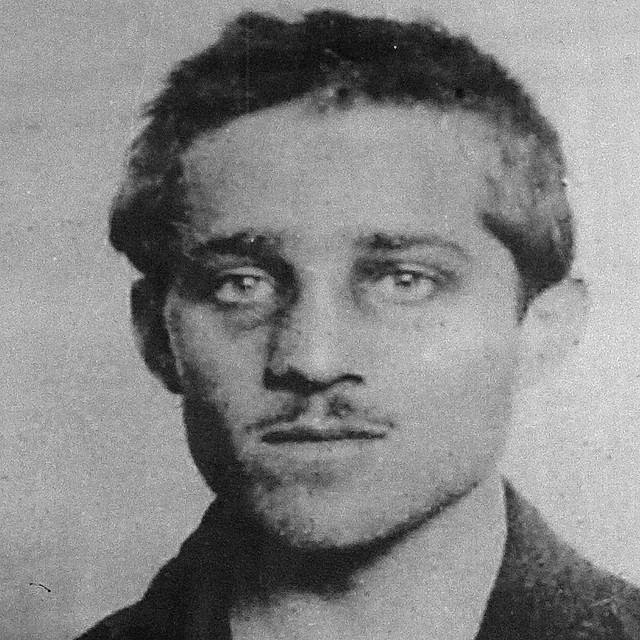
The Monument to Gavrilo Princip - Belgrade, Serbia
Early life
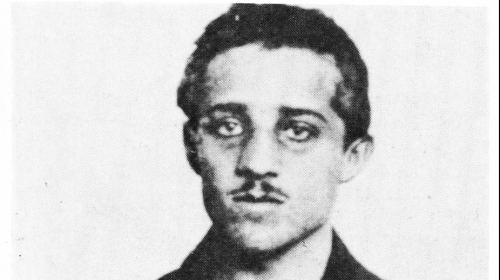
Gavrilo Princip was born in the remote hamlet of Obljaj, near Bosansko Grahovo, on 25 July [O.S. 13 July] 1894. He was the second of his parents' nine children, six of whom died in infancy. Princip's mother Marija wanted to name him after her late brother Špiro, but he was named Gavrilo at the insistence of a local Eastern Orthodox priest, who claimed that naming the sickly infant after the Archangel Gabriel would help him survive.

A Serb family, the Princips had lived in northwestern Bosnia for many centuries and adhered to the Serbian Orthodox Christian faith. Princip's parents, Petar and Marija (née Mićić), were poor farmers who lived off the little land that they owned. They belonged to a class of Christian peasants known as kmets (serfs), who were often oppressed by their Muslim landlords. Petar, who insisted on "strict correctness", never drank or swore and was ridiculed by his neighbours as a result. In his youth, he fought in the Herzegovina Uprising against the Ottoman Empire. Following the revolt, he returned to being a farmer in the Grahovo valley, where he worked approximately 4 acres (1.6 ha; 0.0063 sq mi) of land and was forced to give one-third of his income away to his landlord. As he could not grow enough grain to feed his family, he resorted to transporting mail and passengers across the mountains separating northwestern Bosnia from Dalmatia in order to supplement his income.
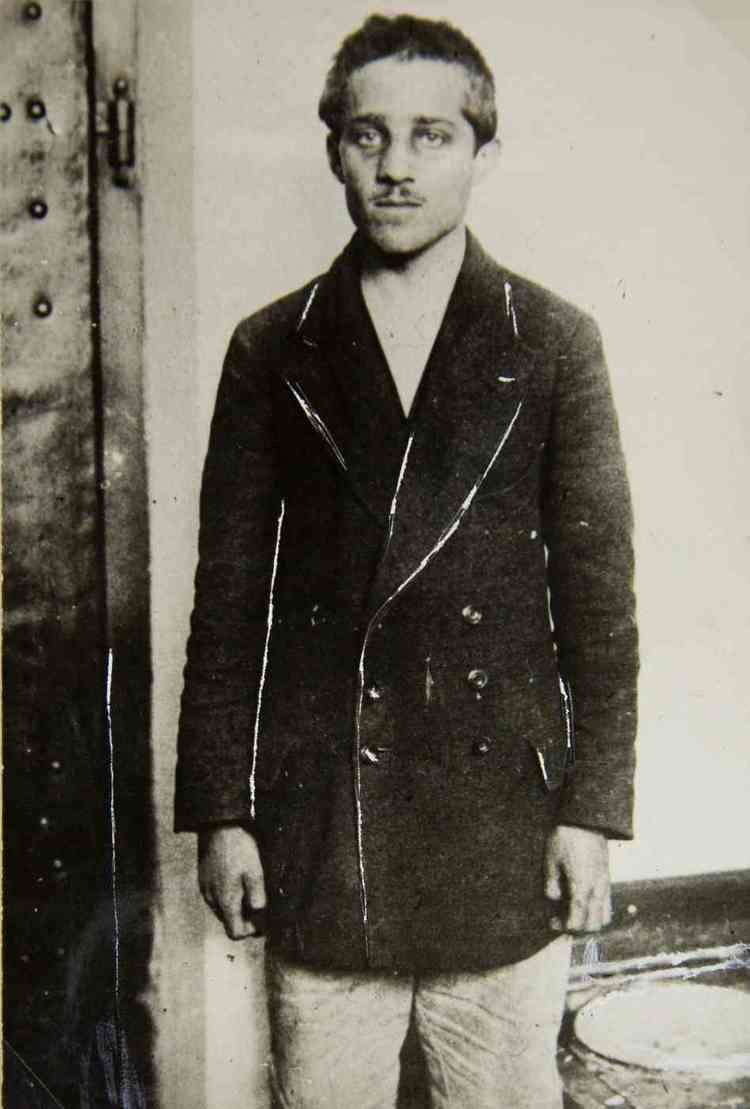
Despite his father's opposition, Princip first began attending primary school in 1903, aged nine. He overcame a difficult first year and became very successful in his studies, for which he was awarded a collection of Serbian epic poetry by his headmaster. At the age of 13, Princip moved to Sarajevo, where his older brother Jovan intended to enroll him into an Austro-Hungarian military school. By the time Princip reached Sarajevo, Jovan had changed his mind after a friend advised him not to make Gavrilo "an executioner of his own people". Princip was enrolled into a merchant school instead. Jovan paid for his tuition with the money he had earned performing manual labour, carrying logs from the forests surrounding Sarajevo to mills within the city. After three years of study, Gavrilo transferred to a local gymnasium. In 1910, he came to revere Bogdan Žerajić, a Bosnian Serb revolutionary who attempted to assassinate Marijan Varešanin, the Austro-Hungarian Governor of Bosnia and Herzegovina, before taking his own life. In 1911, Princip joined Young Bosnia (Serbian: Mlada Bosna), a society that wanted to separate Bosnia from Austria-Hungary and unite it with the neighbouring Kingdom of Serbia. Because the local authorities had forbidden students from forming organizations and clubs, Princip and other members of Young Bosnia met in secret. During their meetings, they discussed literature, ethics and politics.

In 1912, Princip was expelled from school for being involved in a demonstration against Austro-Hungarian authorities. A student who witnessed the incident claimed that "Princip went from class to class, threatening with his knuckle-duster all the boys who wavered in coming to the new demonstrations." Princip left Sarajevo shortly after being expelled and made the 280 kilometres (170 mi) journey to Belgrade on foot. According to one account, he fell to his knees and kissed the ground upon crossing the border into Serbia. In Belgrade, Princip volunteered to join the Serbian guerrilla bands fighting the Ottoman Turks, under the leadership of Major Vojislav Tankosić. Tankosić was a member of the Black Hand, the foremost conspiratorial society in Serbia at the time.
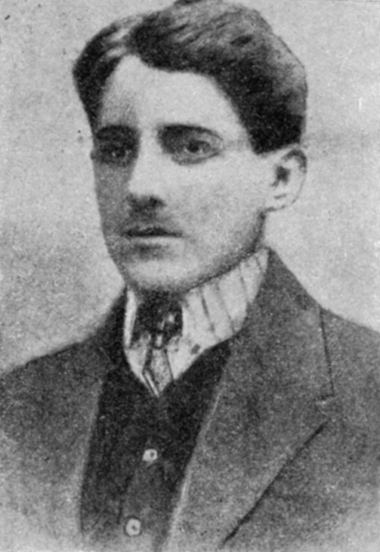
At first, Princip was rejected at a recruitment office in Belgrade because of his small stature. Enraged, he tracked down Tankosić himself, who also told him that he was too small and weak. Humiliated, Princip returned to Bosnia and lodged with his brother in Sarajevo. He spent the next several months moving back and forth between Sarajevo and Belgrade. In Belgrade he met Živojin Rafajlović, one of the founders of the Serbian Chetnik Organization, who sent him (alongside 15 other Young Bosnia members) to the Chetnik training centre in Vranje. There they met with school manager Mihajlo Stevanović-Cupara. He lived in Cupara's house, which is today located on Gavrilo Princip Street in Vranje. Princip practiced shooting, using bombs and the blade, after which training was completed and he returned to Belgrade.
In 1913, while Princip was staying in Sarajevo, Austria-Hungary declared a state of emergency, implemented martial law, seized control of all schools and prohibited all Serb cultural organizations.
Assassination of the Archduke Franz Ferdinand
On 28 June 1914, Gavrilo Princip participated in the assassination in Sarajevo of the Austrian Archduke Franz Ferdinand and his wife, Duchess Sophie Chotek of Austria. The emperor of Austria-Hungary, Emperor Franz Joseph told his nephew, the Archduke to oversee military training in Bosnia. Franz Ferdinand knew that the visit would be dangerous; his uncle, Emperor Franz Joseph, had been the subject of an assassination attempt by the Black Hand in 1911.
Just before 10 a.m. on Sunday, the royal couple arrived in Sarajevo by train. The royal couple were then to take an automobile into the city. In the front car was Fehim Čurčić, the mayor of Sarajevo and Dr. Edmund Gerde, the city's Commissioner of Police. Franz Ferdinand and Sophie were in the second car with Oskar Potiorek and Lieutenant Colonel Count Franz von Harrach. The car's top was rolled back in order to allow the crowds a good view of its occupants.
The six conspirators lined the route. They were spaced out along the Appel Quay, each one with instructions to try to kill Franz Ferdinand when the royal car reached his position. The first conspirator on the route to see the royal car was Muhamed Mehmedbašić. Standing by the Austro-Hungarian Bank, Mehmedbašić lost his nerve and allowed the car to pass without taking action. Mehmedbašić later said that a policeman was standing behind him and feared he would be arrested before he had a chance to throw his bomb. At 10:15, when the six-car procession passed the central police station, nineteen-year-old student Nedeljko Čabrinović hurled a hand grenade at the Archduke's car. The driver accelerated when he saw the object flying towards him, but the bomb had a 10-second delay and exploded under the wheel of the fourth car. Two of the occupants, Eric von Merizzi and Count Alexander von Boos-Waldeck, were seriously wounded. About a dozen spectators were also hit by bomb shrapnel. After Čabrinović's bomb missed the car, five other conspirators, including Princip, lost an opportunity to attack because of the heavy crowds and the car's high speed. To avoid capture, Čabrinović swallowed a cyanide capsule and jumped into the Miljacka river to make sure he died. However, the cyanide pill was decayed and only made him sick, and the river was only 10 centimetres (4 in) deep. He was soon hauled out and detained by police.
Franz Ferdinand later decided to go to the hospital and visit the victims of Čabrinović's grenade attack. In order to avoid the city centre, General Oskar Potiorek decided that the royal car should travel straight along the Appel Quay to the Sarajevo Hospital. However, Potiorek forgot to inform the driver, Leopold Loyka, about this decision. On the way to the hospital, Loyka took a right turn into Franz Josef Street. Princip was standing near Moritz Schiller's café when he spotted the car as it drove past, having taken the wrong turn. After realizing the mistake, the driver put his foot on the brake, and began to reverse. In doing so the engine stalled and the gears locked, giving Princip his opportunity. Princip stepped forward, drew his pistol, an FN Model 1910, and at a distance of about 1.5 metres (5 ft) fired twice into the car, first hitting Franz Ferdinand in the neck, and then hitting his wife Sophie in the abdomen, after she covered his body. They both died before 11:00 am.
Imprisonment and death
Princip attempted suicide with a cyanide pill, but it was out-of-date (as did Čabrinović, leading the police to believe the group had been deceived buying the poison), then tried to shoot himself, but the pistol was wrestled from his hand before he had a chance to fire another shot. Princip was nineteen years old at the time and too young to receive the death penalty, being twenty-seven days short of the twenty-year minimum age limit required by Habsburg law. Instead, he received the maximum sentence of twenty years in prison. He was held in harsh conditions which were worsened by the war, and contracted tuberculosis. He died on 28 April 1918 at Terezín 3 years and 10 months after the assassination. At the time of his death, weakened by malnutrition and disease, he weighed around 40 kilograms (88 lb; 6 st 4 lb). His body had become wracked by skeletal tuberculosis that ate away his bones so badly that his right arm had to be amputated.
Fearing his bones might become relics for Slavic nationalists, Princip's prison guards secretly took the body to an unmarked grave, but a Czech soldier assigned to the burial remembered the location, and in 1920 Princip and the other "Heroes of Vidovdan" were exhumed and brought to Sarajevo, where they were buried together beneath a chapel "built to commemorate for eternity our Serb Heroes" at St. Mark's Cemetery.
Weapon
Princip's pistol was confiscated by the authorities and eventually given, along with the Archduke's bloody undershirt, to Anton Puntigam, a Jesuit priest who was a close friend of the Archduke and had given the Archduke and his wife the last rites. The pistol and shirt remained in the possession of the Austrian Jesuits until they were offered on long-term loan to the Museum of Military History in Vienna in 2004. It is now part of the permanent exhibition there. The weapon is a 9-mm "9 short", .380 ACP pistol FN Browning Model 1910 made in Belgium by Fabrique Nationale d'Herstal with the serial number 19074.
Legacy
The house where Gavrilo Princip lived in Sarajevo was destroyed during World War I. After the war, it was rebuilt as a museum in the Kingdom of Yugoslavia. Yugoslavia was conquered by Germany in 1941 and Sarajevo became part of the Independent State of Croatia. The Croatian Ustaše destroyed the house again. After the establishment of Communist Yugoslavia in 1944, the house of Gavrilo Princip became a museum again and there was another museum dedicated to him within the city of Sarajevo. During the Yugoslav Wars of the 1990s, the house of Gavrilo Princip was destroyed a third time and rebuilt for the third time in 2015. Prior to 1992 the site on the pavement on which Princip stood to fire the fatal shots was marked by embossed footprints. These were destroyed as a consequence of the 1992–95 war in Bosnia. There is still a plaque in front of the museum at the spot where Gavrilo Princip stood when he fired the shots.
A bust was erected by the locals in Tovariševo, Serbia on 21 April 2014, unveiled by filmmaker Emir Kusturica and writer Matija Bećković. A statue was erected in East Sarajevo on the centenary of the assassination in 2014. The statue was erected in Belgrade on the symbolic Vidovdan, 28 June 2015, unveiled by President of Serbia Tomislav Nikolić and President of Republika Srpska Milorad Dodik, as a gift from Republika Srpska to Serbia. Nikolić held a speech, and said: "Princip was a hero, a symbol of liberation ideas, tyrant-murderer, idea-holder of liberation from slavery, which spanned through Europe".
In socialist Yugoslavia, Gavrilo Princip was venerated as a national hero and a freedom fighter who fought to liberate all the peoples of Yugoslavia from Austrian rule; however in the modern day, many Croats and Bosniaks have now expressed viewpoints characterizing Princip as a "terrorist" and some believe that he was a supporter of Greater Serbia, while Serbs continue to venerate his memory, with Nenad Samardzija, governor of East Sarajevo, saying that the assassination was not a terrorist act but "a movement of young people who wanted to liberate themselves from colonial slavery".
